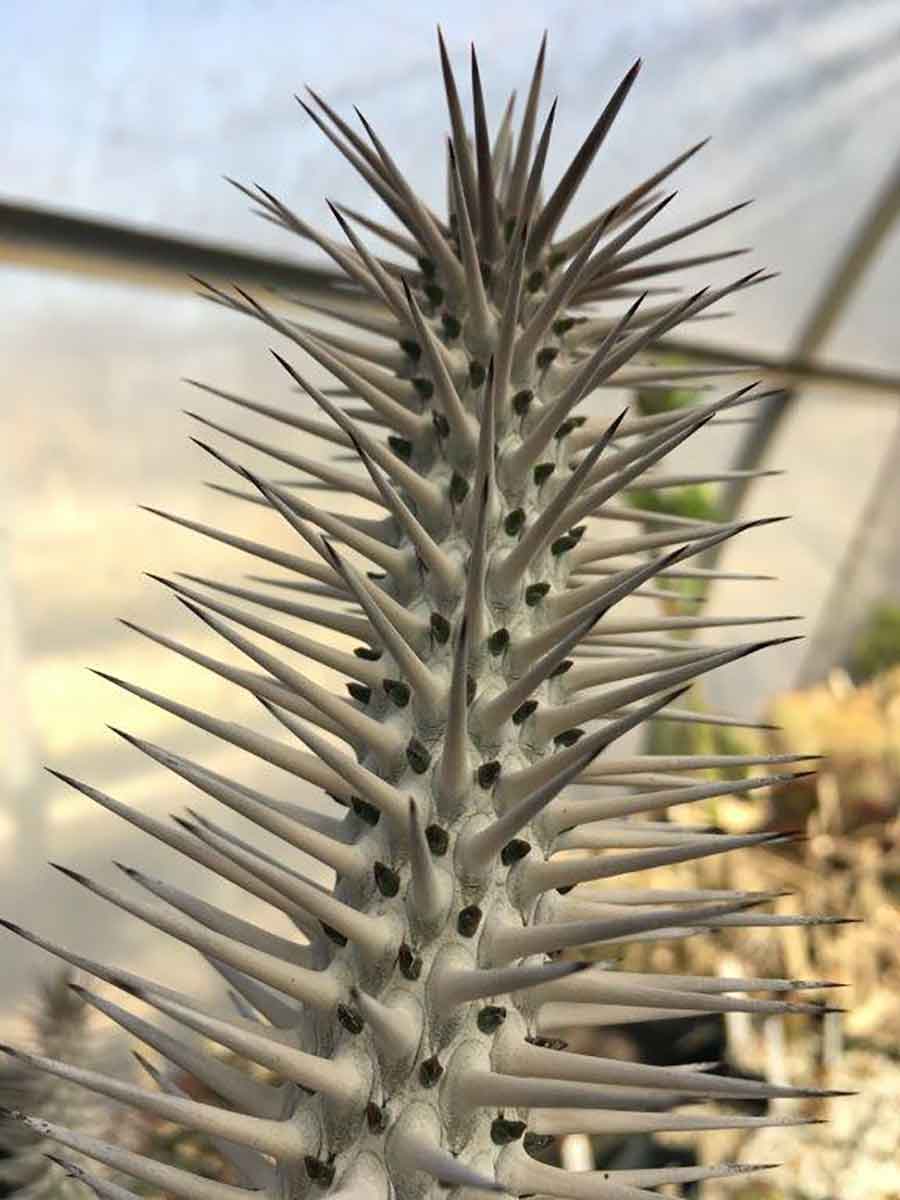Spines are integral to the structure and function of the vertebrate skeleton. They provide support for the body, protect vital organs, and allow for movement. The spine is made up of 33 bones called vertebrae, which are separated by intervertebral discs. The discs allow the spine to move and act as shock absorbers. There are three main regions of the spine: cervical (neck), thoracic (chest), and lumbar (lower back). In addition to these main regions, there are also two smaller regions: the sacrum and coccyx.
The cervical region consists of seven vertebrae, which are designated C1-C7. The first two vertebrae, C1 and C2, are special because they articulate with the skull. This allows for a great range of motion in the neck area. The thoracic region has 12 vertebrae that attach to the ribs; this stabilizes the chest area and protects vital organs such as the heart and lungs. The lumbar region has five large vertebrae that bear most of the body’s weight; this region experiences a lot of stress and strain, which can lead to lower back pain. Finally, the sacrum is a triangular bone at the base of the spine that connects with iliac bones (hip bones) to form part of each hip joint; it also helps to transfer weight from upper body segments to lower body segments. The coccyx is a small bone at the very end of the spine; it is often referred to as “tailbone”.
There are many different disorders that can affect spinal health. For example, scoliosis is an abnormal curvature of the spine that can occur during growth spurts in childhood or adolescence; if left untreated, it can lead to deformities and respiratory problems later in life. Another common disorder is herniated disc, which occurs when one of intervertebral discs bulges or ruptures due to wear-and-tear or injury; this can cause severe pain radiating fromthe affected area down into legs or arms . Spinal stenosis is another condition characterized by narrowingof spaces withinthe spinal canal ,whichcanputpressureonnerverootsor onthe spinalcorditselfandleadto pain ,numbness ,orweaknessin legsorarms .Osteoporosiscanalsoaffectspinalhealthby causingthebonesofthespine totbecomebrittleandmore likelytofracture .
Fortunately , therearemanytreatmentoptionsavailableforpeoplewithspinaldisorders . Nonsurgical treatments suchasphysical therapy ,chiropracticcare ,massage therapy ,and acupuncturecanbeveryeffectivein relievingpainandimprovingfunctionality . If nonsurgical treatments donotproviderelief ,thensurgery maybe an option ; however , surgery should only be consideredafterall other treatment options have been exhausted . Therearemanydifferent typesof surgeries thatcanbe performedtocorrect variousspinaldisorders ; someof themostcommon include disc replacement surgery , spinal fusion surgery ,andlaminectomy surgery . Itis importanttoworkcloselywithaspine surgeon whoisexperiencedinperformingthese procedures sothatyoucanmakeaninformed decision aboutwhetherorsurgeryistherightoptionforyou


